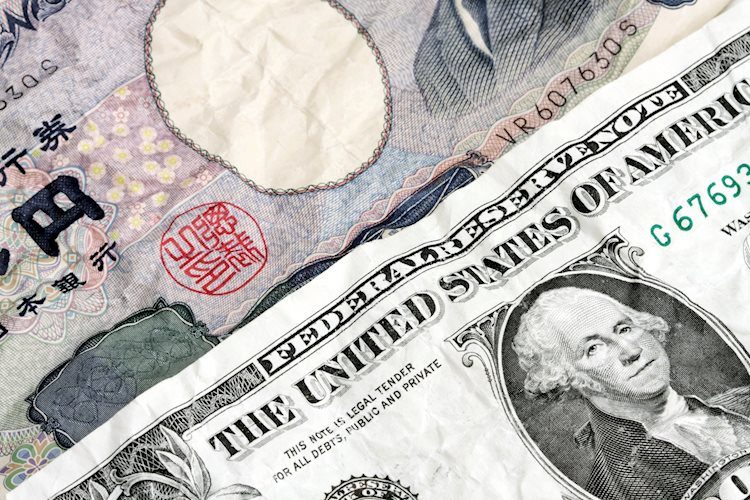The Japanese Yen (JPY) has seen a reversal in its fortunes, with a modest dip during the Asian session being followed by a recovery against the US Dollar. This comes after the JPY hit its lowest level since July 30. The slump in the JPY post-US election prompted verbal intervention from Japanese authorities. This, along with a softer tone in US Treasury bond yields and weaker economic data in Japan, is supporting the lower-yielding JPY.
Declines in Japan’s real wage and household spending for the second straight month in September could delay the Bank of Japan’s plans for rate hikes. This, combined with Japan’s political landscape and the risk-on mood in the markets, may cap gains for the safe-haven JPY. Additionally, the emergence of some US Dollar dip-buying could offer support to the USD/JPY pair.
Government intervention fears have been stoked by the decline in Japanese household spending and real wages. Japanese authorities have made statements indicating their readiness to take action against excessive FX moves. The recent victory of Donald Trump in the US presidential election pushed the USD/JPY pair above the 154.00 mark, prompting intervention concerns. The intervention could potentially impact the currency market.
The US Dollar has seen some dip-buying on Friday, partially reversing its pullback from a four-month high. The recent rate cuts by the Federal Reserve have contributed to the fluctuation in USD/JPY pair. Market participants are now pricing in the likelihood of further rate cuts by the Fed in December. Traders are also unwinding profitable Trump trades, which could limit the upside potential for the USD and the currency pair.
From a technical standpoint, the USD/JPY pair is likely to attract dip-buying ahead of the 152.00 mark. The pair’s recent decline halted near the 152.70-152.65 support area, which could serve as a key pivot point. Further downside movement could target the 100-day Simple Moving Average around the 151.70-151.65 region. On the upside, resistance is likely around the 153.50 area, followed by the 153.85-153.90 supply zone.
The Bank of Japan plays a crucial role in setting monetary policy in Japan, with a focus on maintaining price stability. The bank has employed ultra-loose monetary policies such as Quantitative and Qualitative Easing (QQE) to stimulate the economy and fuel inflation. However, the policy has had consequences on the value of the Yen in relation to other currencies. Recent shifts in the Bank of Japan’s policies have impacted the value of the Yen and led to changes in inflation targets and economic conditions in Japan.











